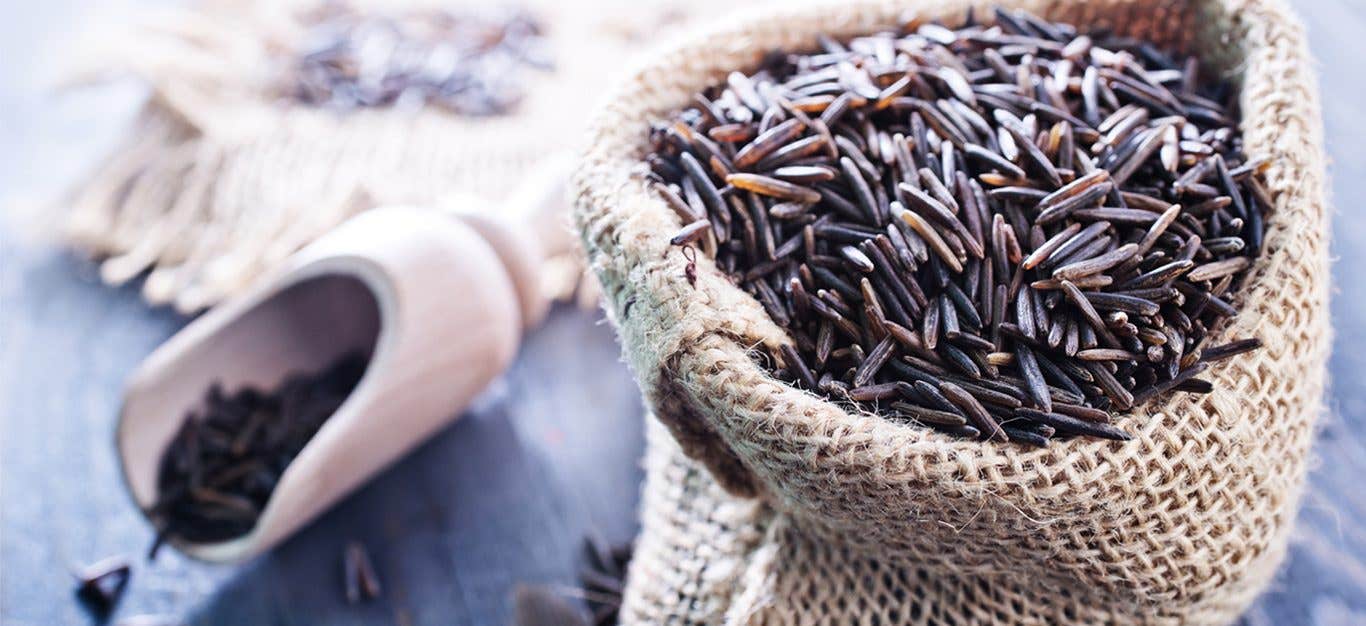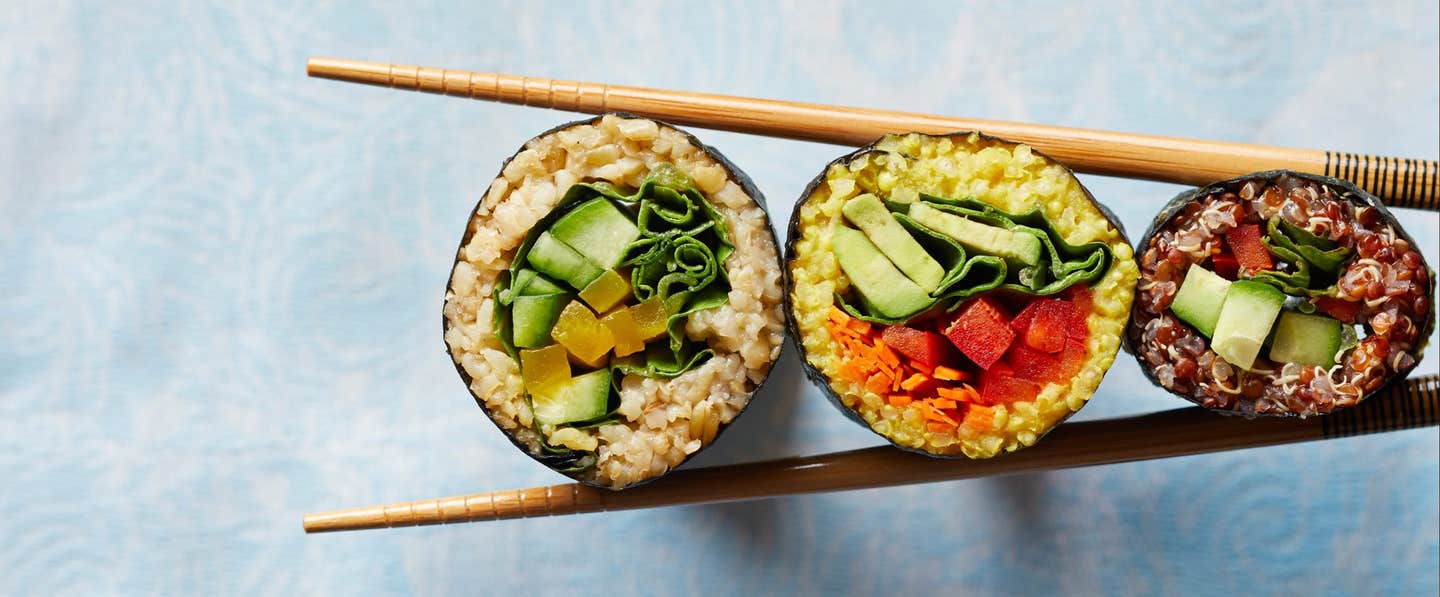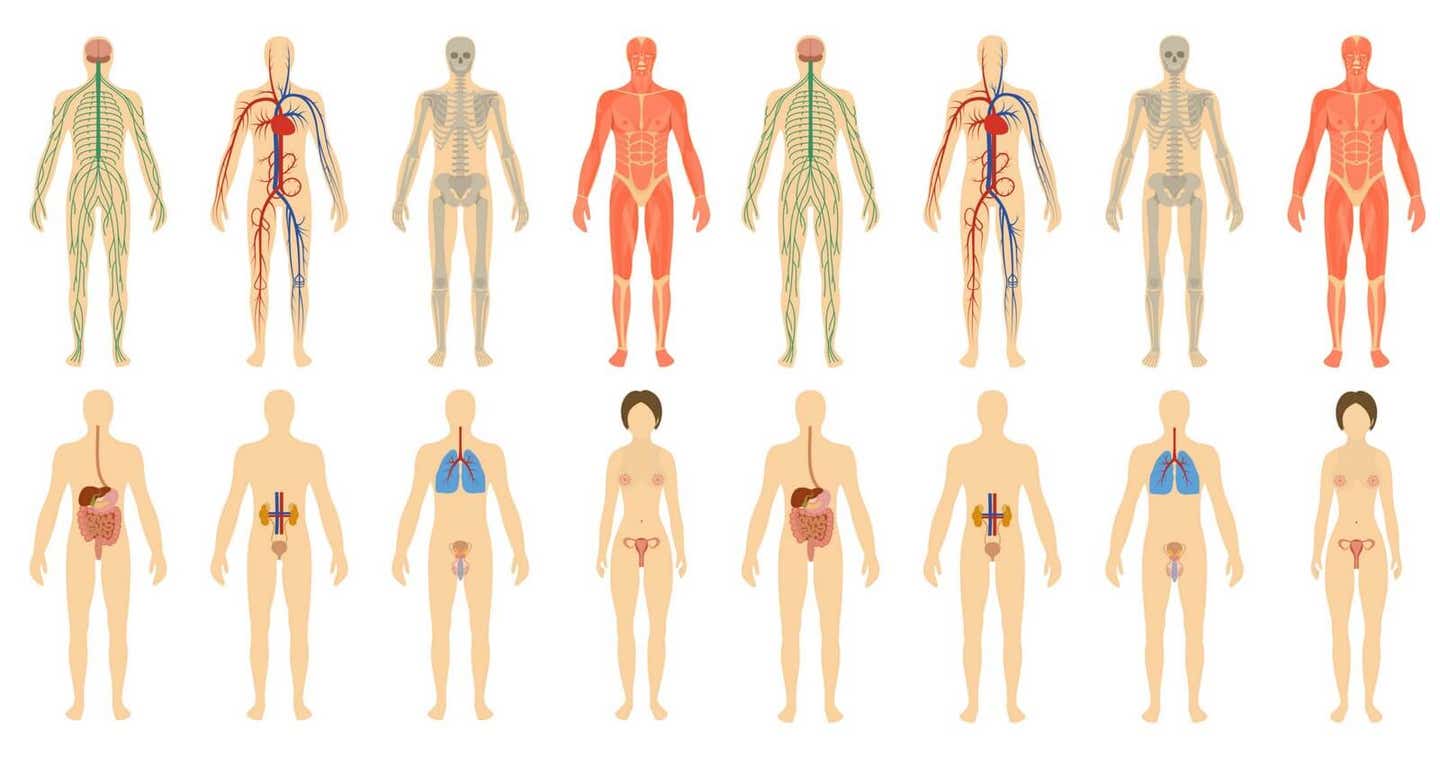Miso, the flavorful fermented soybean paste that gives miso soup its name, has a multitude of uses in a whole-food, plant-based kitchen. Here’s how to select, store, and cook with the umami-rich Japanese pantry staple.
What Is Miso?
Miso is made by combining soybeans and salt with a starter culture cultivated from cooked grains (rice, wheat, or barley). The mixture is allowed to age and ferment anywhere from a few weeks to several years, until the beans and grains break down into a thick puree with earthy, tangy, yeasty flavors.
Miso’s origins can be traced back to China, but it is best known as a Japanese condiment and soup seasoning. Japan has a long history of artisanal miso-making by both miso masters and home cooks. Industrialization of the process made miso more accessible outside of Asia, and as its popularity has grown worldwide, small producers have sprung up around the globe, including South River Miso, which has been making the paste in Massachusetts for over 40 years.
White vs. Red vs. Yellow
Miso can be categorized into three different varieties: white, yellow, and red. White is the sweetest, mildest, and least salty, with the highest ratio of grains to soybeans and the shortest fermentation time. Red has more soybeans, more salt, a longer fermentation period, and more robust flavors. Yellow is usually made with barley and falls between white and red, flavor-wise.
How to Make Vegan Miso Soup
Traditionally, miso soup is made by stirring miso paste into dashi, a dried fish/seaweed broth. But any broth (and even water, in a pinch) can be used to make miso soup.
Here’s how to make a basic vegan miso soup: In a small saucepan, bring 1 cup vegetable broth or water to boiling. Meanwhile, in a bowl or mug, whisk 1 teaspoon of miso paste with 2 teaspoons of water or vegetable broth. Pour the hot broth over the mixture, and stir. As the broth is stirred, the paste dissolves into small particles that “bloom” and swirl in pale clouds throughout the liquid.
Cubed silken tofu and wakame are the classic miso soup garnishes, but there’s no need to stop there. Feel free to doctor up the broth with vegetables and noodles. You can also substitute miso broth in recipes that call for vegetable broth.
Other Uses
When you think of miso as a versatile flavoring agent that can stand in for soy sauce, Worcestershire sauce, or bouillon cubes, there’s no end to its uses in the kitchen. Try it as a seasoning in dressings, dips, and marinades. Its fermented, yeasty quality can also add a cheesy element to casseroles, fillings, and baked goods. And it makes a wonderful “secret ingredient” that boosts the flavor of soups, stews, and sauces. (It’s especially good in a basic tomato sauce.) Just be sure to add miso at the end of cooking time; high heat can affect its flavor and kill its healthful fermented cultures.
Like with other flavoring agents, a little miso goes a long way—and it is salty! One teaspoon of white miso contains about 240 milligrams of sodium. Start by adding a single teaspoon to a recipe, then go from there.
Shopping and Storage
Miso selection is a matter of taste, preference, convenience, and availability. Japan boasts over 1,500 different types of miso, and Asian grocery stores often carry multiple types and brands. Selection is more limited in Western grocery stores, but you can usually find pasteurized, shelf-stable jars of the paste at American supermarkets, often in the “Asian” or international sections.
Tubs of unpasteurized miso are stocked in refrigerator cases to preserve their live cultures. Once opened, it should be stored in the fridge, where it will remain fresh and flavorful for a year or more.
Recipes
Miso infuses these plant-based recipes with lip-smacking goodness. Try one today!
- Roasted Asparagus with Tarragon and Balsamic
- Miso Soup with Noodles and Tofu
- Vegan Instant Pot Mac and Cheese with Seasoned Bread Crumbs
- Easy Vegan Miso Sauce
- Miso-Glazed Butternut Squash with Spinach
- Creamy Ramen
- Vegan Cheesy Crackers
- Cheesy Sauce
For more guidance in healthy cooking, check out Forks Meal Planner, FOK’s easy weekly meal-planning tool to keep you on a plant-based path. To learn more about a whole-food, plant-based diet, visit our Plant-Based Primer.

Related News
Get Our Best Price On The Forks Meal Planner

Forks Meal Planner takes the guess work out of making nutritious meals the whole family will enjoy.



